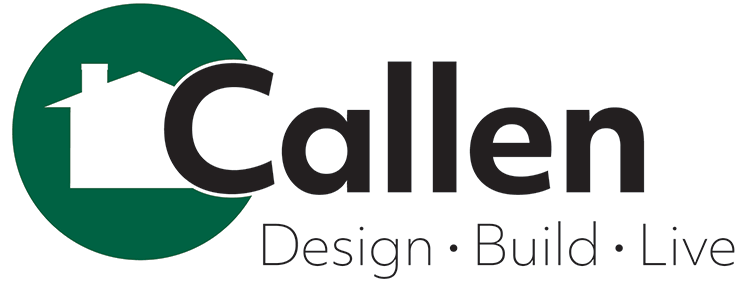By Jeff Billstrom
For many of us, we buy – and save – too much, so storage is always at a premium. As a result, we get calls from homeowners who want to expand their storage area, maximize their living space, and be organized. There are many ways to gain space in garages and attics, and reutilize space more efficiently in closets and kitchen pantries.
Garages
For many homeowners, the garage has become a storage locker instead of a place to park cars. Adding a third stall or building another two-car garage can certainly maximize storage and get the cars back where they should be.
One of the important elements to consider when adding to or extending the structure of the home is to make sure it blends with the original house, and not look like something was just tacked on with mismatched materials. For example, how old is the existing roof? If the shingles are 20 years old, you need to consider updating the rest of the roof. Also, it is very difficult, if not impossible, to match 20-year-old siding. So to make the addition cohesive, you need to consider whether you should update the exterior elements of the entire house.
Some municipalities have architectural reviews so that does come into play when obtaining building approval. When we present to a review board, they always ask if the siding will match, will the window style match, will the roofline match with the existing pitch and shingle? Areas like Whitefish Bay and Wauwatosa are very sensitive in keeping the integrity of homes’ architecture and aesthetics consistent.
Another thing to consider when utilizing space above the garage, whether newly built or remodeled, is the strength of the trusses. Many garages are not built to store things above. They are only engineered to hold the walls so they don’t spread from the roof load above it. If that space is to be used for storage, it requires additional structure to the floor system to make sure it won’t end up on top of the car.
When we build garages, we recommend trusses to be engineered for future use for either living space or storage space. “Storage” trusses have a heavier bottom portion, similar to a floor joist, which will handle heavier loads.
Access is another key point. If you are going to be retrieving items regularly, then accessible stairs, whether a pull down staircase or walk up stairs, are needed as well as lighting to see what and where objects are placed.
Attics
As with garages, attic floor load is a consideration. They are also structural and made to hold up the weight of themselves and the drywall that is underneath. They aren’t intended to be a storage space. However, with some structural engineering, they can be made useful.
Many older homes in Milwaukee are the Cape Code style, which have attics with angled ceilings, four-foot knee walls, and a crawl space. That space can easily be opened up, insulated, and lighted to create storage. We can add shelving, closet poles, and other organizers to give you the space you need.
Closets and Pantries
Among the products Callen offers are closet organizers that make storing clothes and other items more accessible and organized. When homeowners have us do that, we are told how much they enjoy the simple improvement.
Often we find that in older homes, there are deep pantries that are really only usable for the first six inches, because you can’t reach farther back. That’s further compounded by not knowing what exactly is in those unreachable spots. The solution is to install roll-in shelves or a pantry-style cabinet and utilize lazy Susans in corner cabinets.
In any storage solution, maximizing space versus accessibility is the key.




Leave a Reply